Red-eyed Medusa
Author: Anouk Mock
Photos: D. Young
Common name: Red-eyed Medusa, Red-eyed jelly, Bell medusa, Penicillate jellyfish
Scientific name: Polyorchis penicillatus
Identification: The Red-eyed Medusa is a hydrozoan jellyfish. Its size range is 2-5 cm. At the lower rim of the bell there are around 100 evenly spread tentacles. The tentacles can expand to double in length or contract until they’re only a few millimeters long. On the base of each tentacles is a distinctive red “eye” spot. The finger-like gonads hang down from the subumbrella surface and the there are four radial canals with their branching diverticula that radiate down the sides of the bell from the gastric vascular cavity. They are transparent but sometimes the internal organs have a yellow, yellow-brown, reddish-brown to purple colour. This, in part, may be due to the colour of the food they have ingested. The photos here show the distinct orange colour of the brine shrimp in the manubrium, the radial canals and diverticula, and the gonads have taken on the same hue.
Habitat: The Red-eyed Medusa is found from the Aleutian Islands, Alaska to the Gulf of California and Mexico. They are sometimes seen in the open ocean but their usual habitat is in coastal areas, nearshore and especially in shallow bays with eel grass beds. The one’s shown here were among dozens found nearshore in the late summer in Tsehum harbour near Victoria, British Columbia.
Life cycle: The Red-eyed Medusa are either male or female. They spawn synchronously right after it becomes dark and the female can produce up to 10,000 eggs per day. The spawning event is known to last only 10 minutes. The fertilized eggs eventually become a ciliated, non-feeding planula larvae that settles on a substrate where they develop into a small polyp stage. The anemone-like polyps can live here for several years. When the condition is right, they begin to develop into little medusas. That’s the reason for them to be common in one year and rare in other years.
The life span is unknown but is thought to be about a few months. The adults that occur in Tsehum Harbour near Victoria are apparent in large numbers inshore around July though September and have been kept alive in a kreisel aquarium feeding on brine shrimp until October when their health diminished.
Prey: The Red-eyed Medusa floats above its prey and expands its tentacles to their full length. Then it floats gently downwards, trapping its prey between its tentacles. If they have a lot of food in their tentacles they pull them all up to their manubrium in what has been described as crumpling. They feed on small invertebrates, zooplankton, small crustaceans and worms.
Fun Facts:
- They only see light
- The species has declined in BC, but the reason is unknown
- Their hunting method is called sink fishing
- The older jellyfishes have more tentacles.
- They migrate to the surface during the night.
- They are not toxic t0 humans
- The red-eyed Medusa is a hydromedusa, not a true jelly (scyphozoan)
A tentacle loaded with cnidocytes from the Red-Eyed Medusa (Polyorchis penicillatus). The fired nematocysts can be seen in the centre of the photo.
References:
Polyorchis penicillatus | The Oregon Institute of Marine Biology. (n.d.). The Oregon Institute of Marine Biology. Retrieved February 11, 2024, from https://oimb.uoregon.edu/wp-content/uploads/2019/03/P_penicillatus_2018.pdf
Red-eyed Medusa | Online Learning Center. (n.d.). Aquarium of the Pacific. Retrieved February 11, 2024, from https://www.aquariumofpacific.org/onlinelearningcenter/species/red_eyed_medusa
Ross, C. (2022, July 15). Red-Eye Medusa (Jellyfish) – Crosscurrents Kayak. Crosscurrents Kayak. Retrieved February 11, 2024, from https://crosscurrentskayak.ca/2022/07/15/red-eye-medusa-jellyfish/
Red-Eyed Medusa of Oregon / Washington Coast is Immortal In a Way. (2020, October 18). Oregon Coast Beach Connection. Retrieved February 11, 2024, from https://www.beachconnection.net/news/redeyed_medusa101820.php


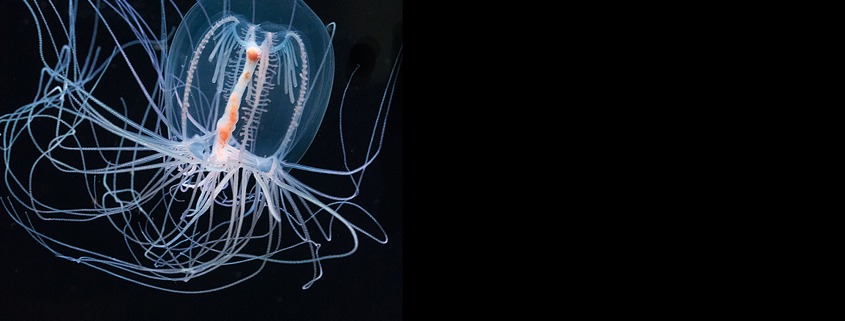
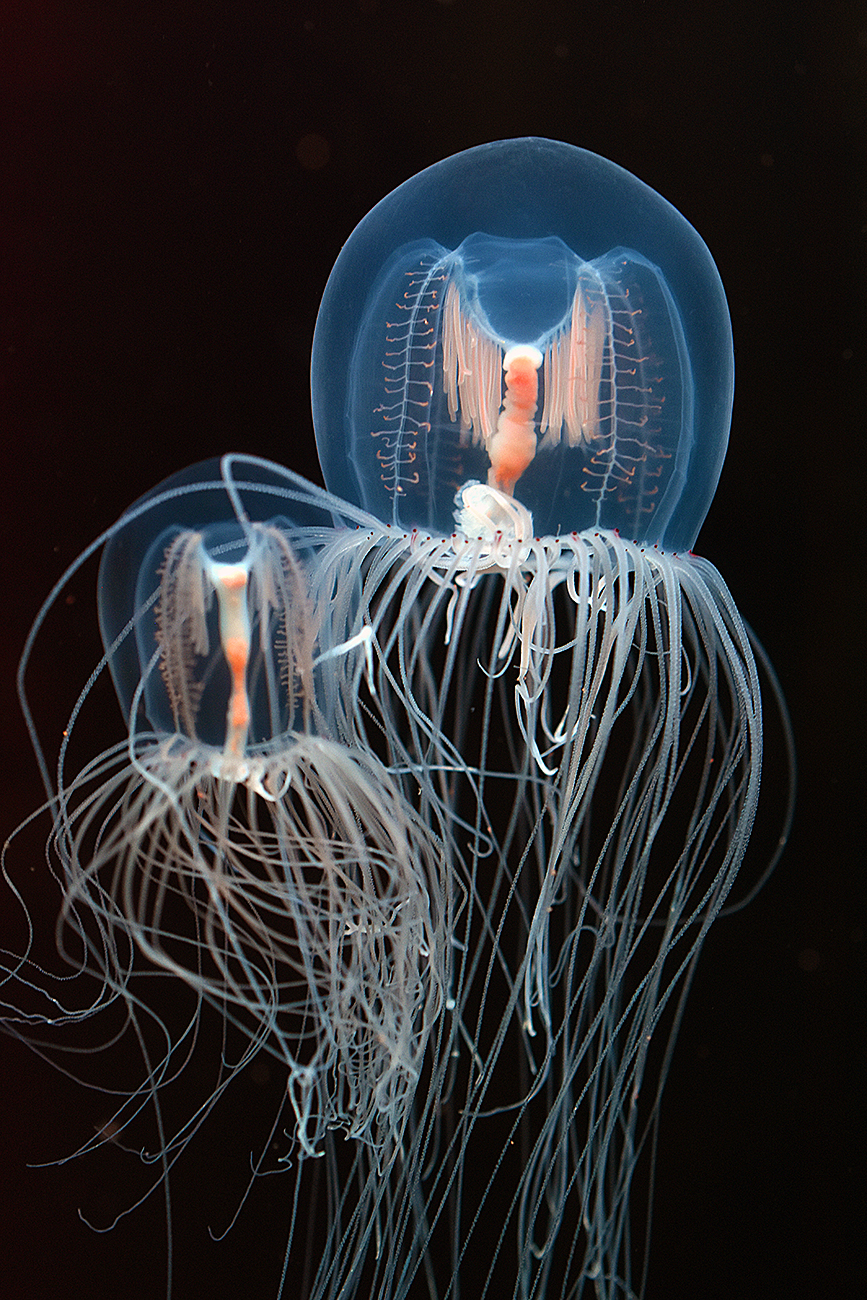
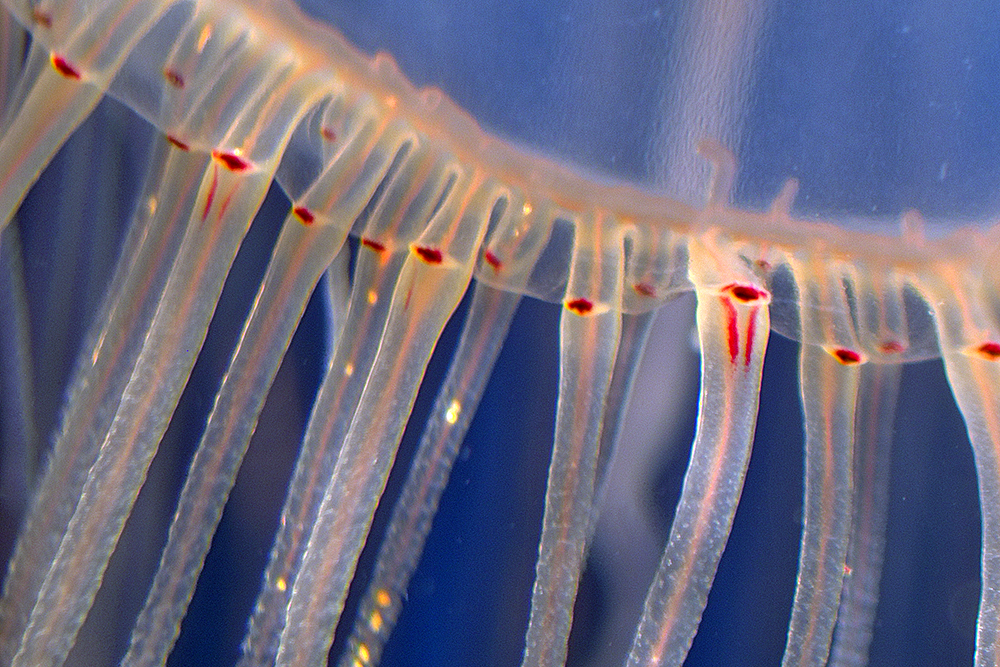
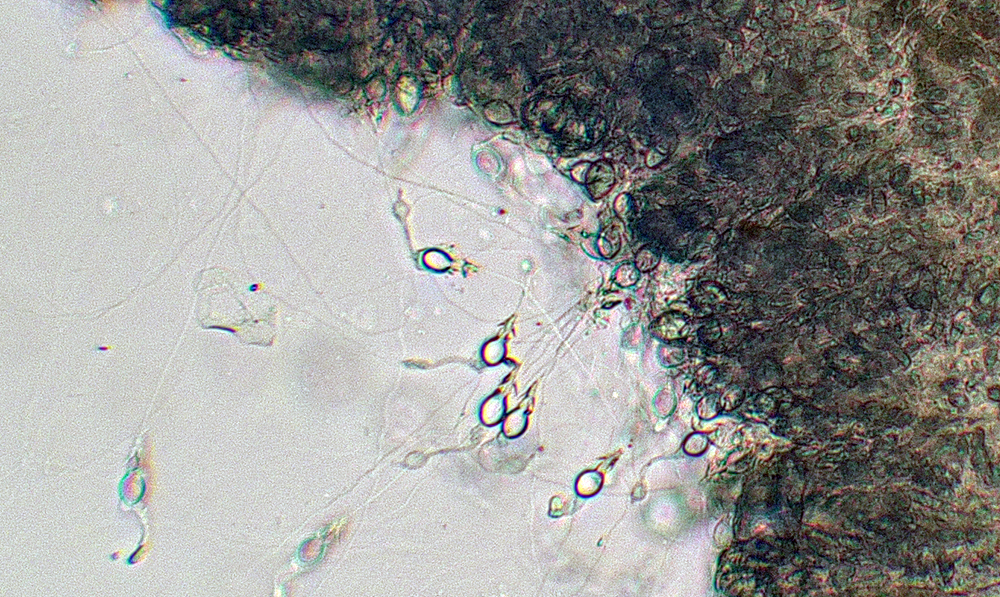
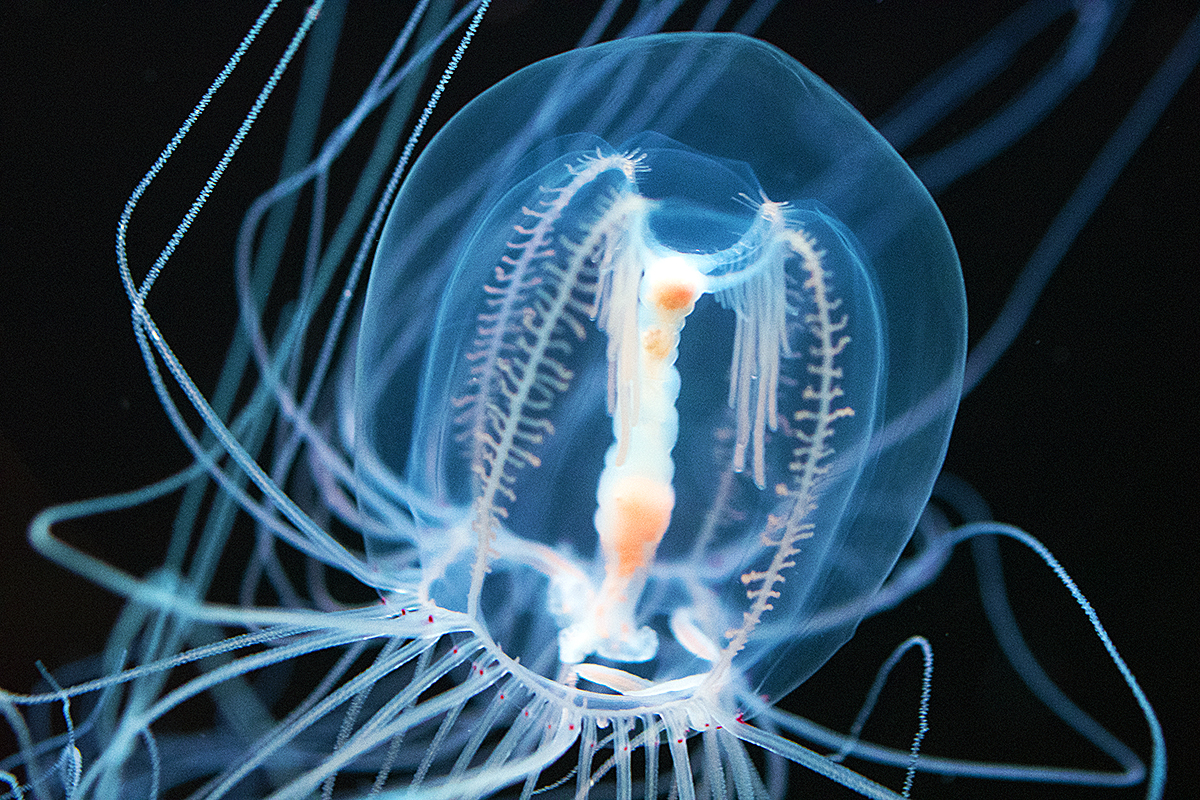


Leave a Reply
Want to join the discussion?Feel free to contribute!